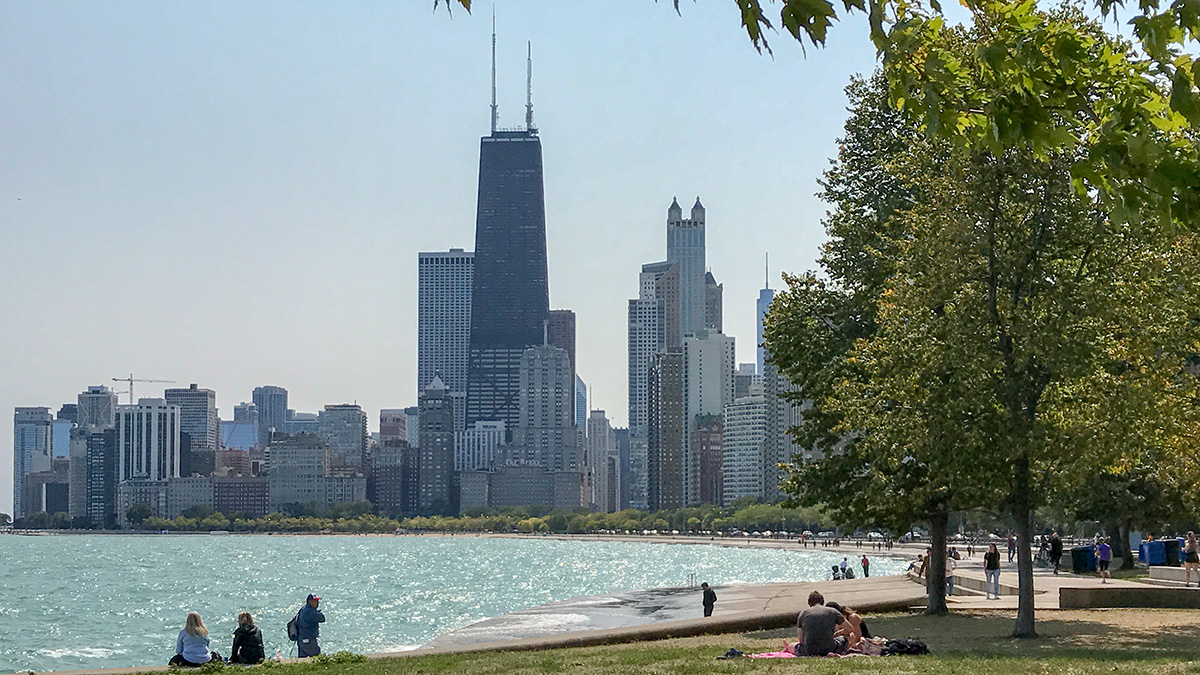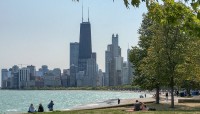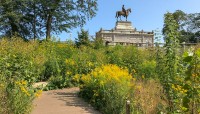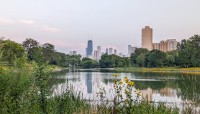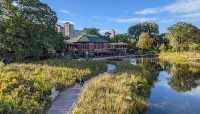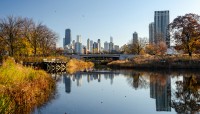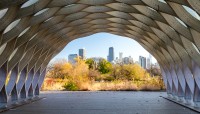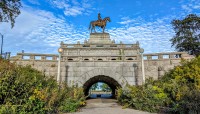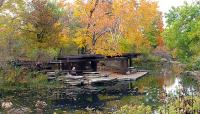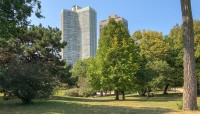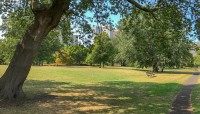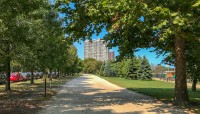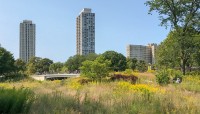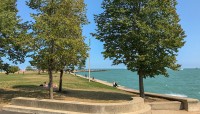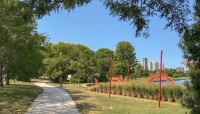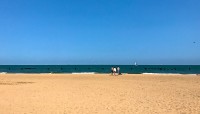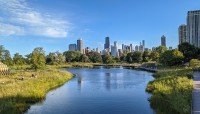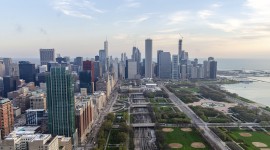Landscape Information
At 1,208 acres, this is Chicago’s largest park, extending north from the historic Gold Coast neighborhood and running for more than six miles along Lake Michigan. Established in 1860 as Lake Park, the site initially constituted a 60-acre parcel of former cemetery. It was renamed for Abraham Lincoln in 1865, the same year that landscape gardener Swain Nelson was engaged.
The first park plan was implemented under Nelson’s oversight. In 1869 the park expanded to 250 acres, incorporating portions of the Chicago City Cemetery and adjoining city burial grounds. Subsequently, the Lincoln Park Commission relocated burials and expanded the site through landfill. O.C. Simonds was named the park’s consulting landscape gardener in 1903, while the 1930s ushered in a period of improvements and enhancements undertaken by the Works Progress Administration (WPA). Critically, WPA funds supported landscape architect Alfred Caldwell’s redesign of the lily pool and the construction of numerous bridges, comfort stations, and beach houses.
In 1995 the city prepared a plan to manage change and the following year funds were secured to improve eight miles of Lake Michigan shoreline. Subsequently, the city elected to add 5.8 lakefront acres to Lincoln Park and engaged landscape architects Jacobs/Ryan Associates in 2016.
Today, dense plantings and expansive meadows provide respite from the park's urban context and frame views of Lake Michigan and the downtown skyline. Park amenities include an open-air theater, diverse historic structures, bird sanctuary, numerous ponds, a conservatory (designed by Joseph Lyman Silsbee in 1894) and its associated formal gardens, and a zoo (1868). Active recreational facilities include beaches, harbors, a golf course and driving range, baseball fields, a skate park, and an archery range.
Lincoln Park is a contributing feature of the Historic Resources of the Chicago Park District listed in the National Register of Historic Places in 1990. It was individually listed in 1994.




